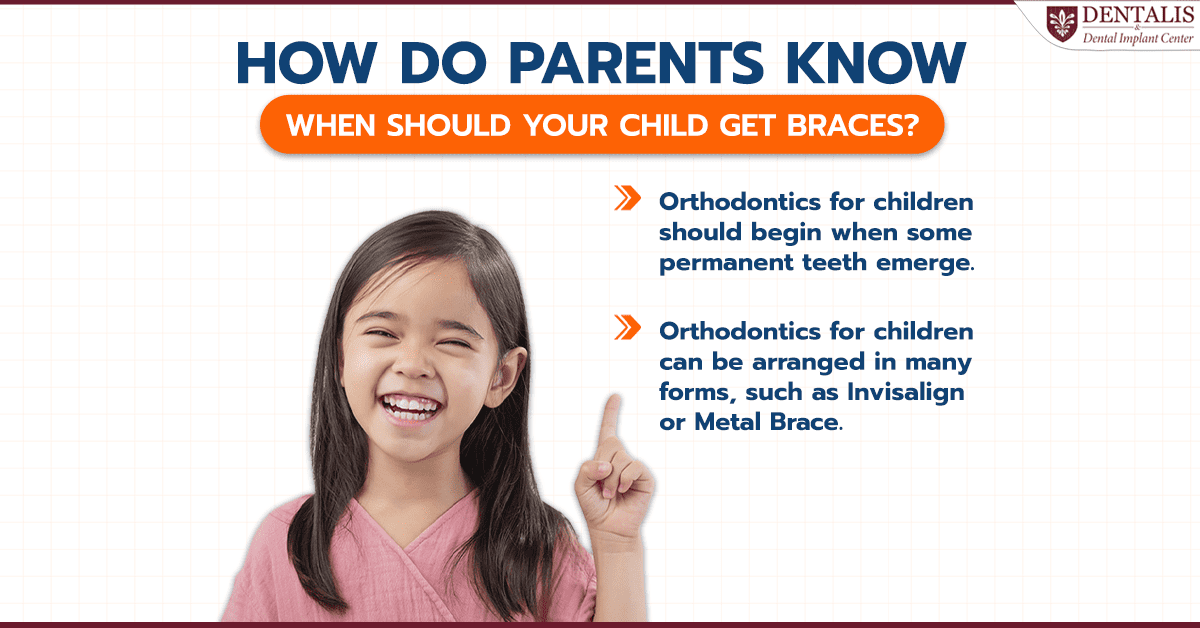
What is occlusion or bite?
Occlusion is how your teeth come together when you close your jaw. Your occlusion is influenced by three primary components: (1) teeth, (2) nerves and muscles, and (3) bones. Another factor, which can affect the way your teeth come together, is your posture.
Take note of the fact that when you tilt your head back and bite, your teeth will hit differently than when you tilt your head forward. The same rule applies when you are lying down on your side. Your lower jaw will shift to one side. We now need to define ideal occlusion or bite. I’m going to attempt to explain this by describing some functional terms.
Centric Occlusion
Centric Occlusion
define the habitual position of closure. In other words, the position your teeth are in when you repeatedly bite. In an ideal centric occlusion all the teeth are in proper contact.
Now let’s try and explain how an individual with an ideal bite functions. Starting at centric occlusion and keeping the teeth in contact as much as possible, we slide the lower jaw to one side. In an ideal occlusion, when the lower jaw is shifted to one side, the posterior teeth should not touch.
What happens is that the lower canine or eye tooth is riding up on the upper canine. This is called Canine Guidance or canine protected occlusion.
Canine protected occlusion is an important concept, especially for people who have excessive wear on their teeth, erosion of their roots, gum recession, and suffer from TMJ (temporomandibular dysfunction).
Anterior Guidanc
Now let’s try and explain how an individual with an ideal bite functions. Starting at
centric occlusion and keeping the teeth in contact as much as possible, we slide the
lower jaw to one side. In an ideal occlusion, when the lower jaw is shifted to one side,the posterior teeth should not touch.
What happens is that the lower canine or eye tooth is riding up on the upper canine.
This is called Canine Guidance or canine protected occlusion.
Canine protected occlusion is an important concept, especially for people who have
excessive wear on their teeth, erosion of their roots, gum recession, and suffer from
TMJ (temporomandibular dysfunction).
Vertical Dimension
Vertical Dimension is another factor to consider. If you can picture a person without teeth, their face would be collapsed. This means that they have a loss of vertical dimension.
You can have a decreased vertical dimension by loss of teeth or by excessive wear of the posterior teeth. Some individuals have a very steep overbite, which can be helped by opening the vertical dimension. Often, individuals with a decreased vertical dimension suffer from TMJ. Vertical dimension can be increased by building up the height of the posterior teeth.
List some of the signs of possible occlusal or bite problems.
- Heavy wear facets on the biting surface of the teeth.
- Receding gum tissue
- Erosion of the root surfaces
- Cracked/fractured teeth
- Front teeth do not touch
- Pain in the joint and muscles
The three most important factors that affect a patient’s occlusion
- The minute relationship of the upper and lower teeth when they come together. This generally coincides with the most common definition of the patient’s “bite”, but also includes the specifics of which cusp on a specific tooth contacts which groove on the opposing tooth. It is also concerned with how the teeth contact during lateral excursions (The way that the upper and lower teeth contact during side to side movements of the lower jaw).
- The exact relationship of the components of the temperomandibular joint (the TMJ).
- The neuromuscular system: This involves the muscles of mastication which open and close the jaw, as well as the brain and the cranial nerves which give sensory and motor
enervation to the muscles. The muscles of mastication are discussed later in this piece.
The brain is important in the concept of occlusion because it is the source of both the
voluntary muscular activity which operates the system, as well as unconscious habits such as bruxing (grinding and clenching) which can lead to some of the most serious disease states of occlusion.




Chat with us